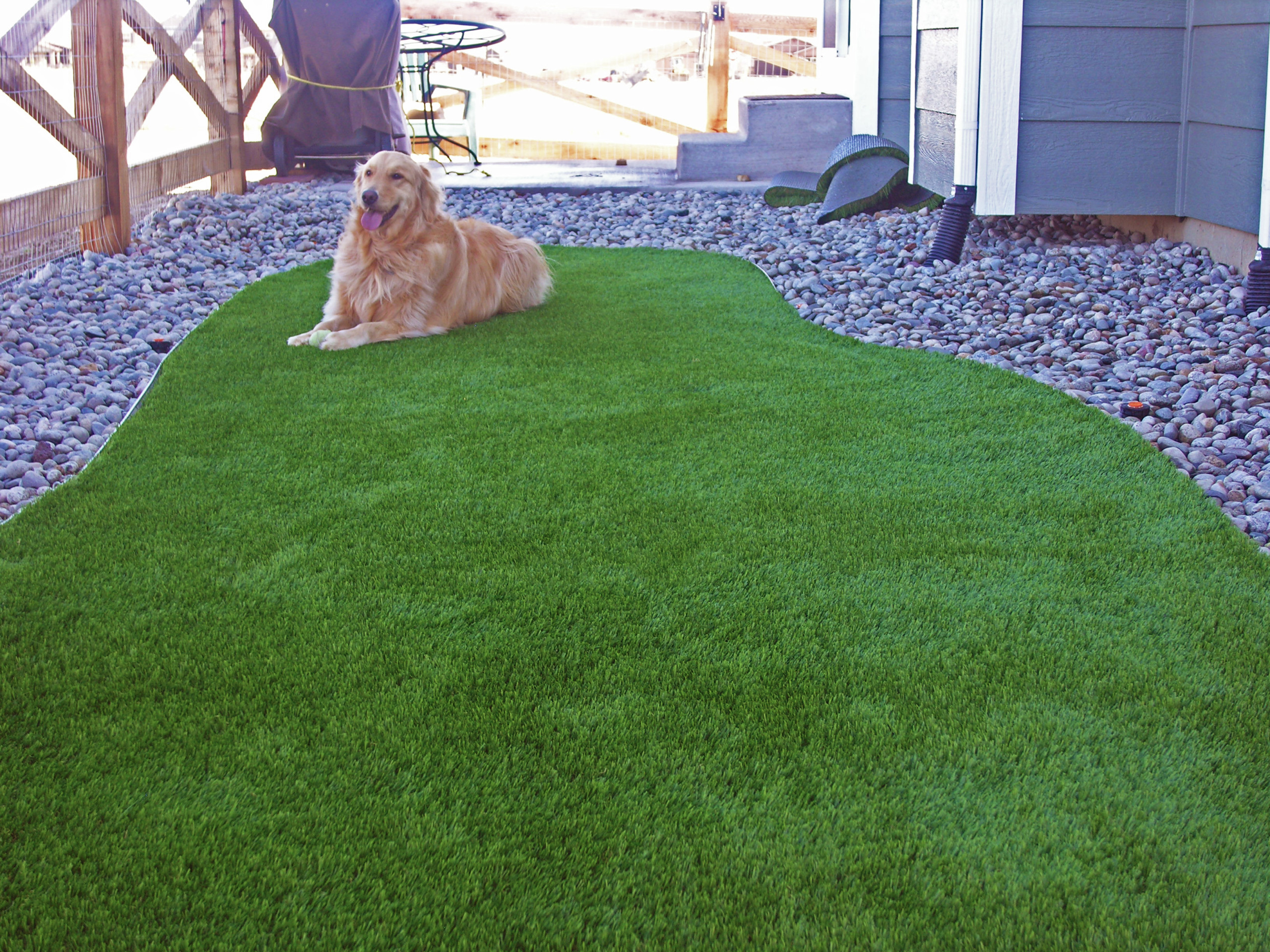
If you’re a pet parent, you only want the best for your furry friends. This includes providing them with a safe and comfortable environment, a healthy diet, and ample opportunities for exercise and play. But have you ever considered incorporating pet grass into their lifestyle? Pet grass is no ordinary grass. It’s specifically grown for cats and dogs and has a plethora of benefits that help support their overall health and well-being. In this blog post, we’ll discuss everything you need to know about pet grass, from what it is to its benefits and how to properly care for it.
What is pet grass?
Pet grass is a type of grass that’s grown specifically for pets to consume. This includes cats, dogs, rabbits, and even some birds. Some common types of pet grass include barley, wheatgrass, and oat grass. Pet grass can be grown indoors or outdoors and is an excellent source of essential vitamins and minerals for your pets. It’s also high in fiber and aids in digestion, which supports overall gut health.
Benefits of pet grass:
Not only is pet grass a delicious treat for your pets, but it also has many other benefits. For starters, pet grass helps to naturally clean your pet’s teeth. The fibers in the grass act as a natural toothbrush, which helps to remove plaque and tartar buildup. Additionally, pet grass is a natural source of vitamins A, C, E, and K, as well as antioxidants and chlorophyll. These nutrients help to boost your pet’s immune system, support healthy skin and coat, and improve their overall health.
How to care for pet grass:
Growing pet grass is relatively easy and doesn’t require any special equipment or tools. You can purchase pet grass seeds from your local pet store or online retailer. The seeds should be planted in a shallow tray filled with potting soil. Water the seeds daily, but be careful not to overwater them. The grass should be ready for consumption within 7-10 days. To keep your pet grass healthy and thriving, make sure to trim it regularly and provide adequate sunlight.
Precautions to take:
While artificial grass for pets is generally safe for pets to consume, there are a few precautions to take. First, make sure to supervise your pet while they’re eating pet grass to ensure they don’t overconsume or eat any other potentially harmful plant material. Additionally, make sure to purchase pet grass that’s specifically labeled for pet consumption. This ensures that the grass hasn’t been treated with any harmful chemicals or pesticides. Finally, if your pet has a health condition or is on a restricted diet, consult with your veterinarian before introducing pet grass into their diet.
Conclusion:
Pet grass is a fantastic addition to any pet’s diet. It’s loaded with essential vitamins and minerals, aids in digestion, and supports many important health functions. Growing pet grass is easy and requires minimal effort, and the benefits it provides far outweigh any potential risks. Just make sure to follow the proper care instructions and take any necessary precautions, and your furry friends will be enjoying the many benefits of pet grass in no time.
